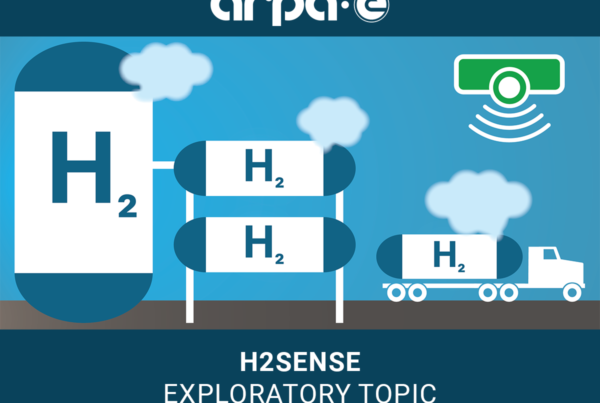
The upcoming arrival of the zero-emission TER trains is part of SNCF plan for the energy transition, the greening of the railways and the exit of diesel by 2035.
A green alternative to diesel TERs
Bringing everyone the freedom to move easily while preserving the planet is the raison d’être of our group. For several years now, SNCF has been working with manufacturers to develop ever more environmentally friendly TER equipment. The introduction of hydrogen trains in 2022 is at the heart of this commitment.
Concrete translation of our investments in zero carbon technologies, the arrival of hydrogen trains aims to replace the diesel TER locomotives running on non-electrified parts of the network. Diesel represents, in fact, still 25% of the energy consumed by TER and is responsible for 75% of their CO 2 emissions .
An ambitious project in the heart of the territories
To fulfill this objective, a steering committee was set up in December 2018. Composed of SNCF, Regions and the manufacturer Alstom, it is responsible for monitoring the progress of the first stages of the deployment of hydrogen and adapt our network and our infrastructure to this technology.
The first tests of hydrogen TERs, developed in parallel with hybrid TER and biofuel research, are planned in the course of 2021.
In addition, many regions are already interested in circulating TER H2 and, in particular, Burgundy-Franche-Comté, Occitanie, Auvergne-Rhône-Alpes and Hauts-de-France.
The hydrogen train, how does it work? 
It is in the roof of the hydrogen train that hides the fuel cell. By mixing the on-board hydrogen and the oxygen present in the ambient air, it produces the electricity necessary to pull the train.
Manufactured by Alstom, the train is dual mode (electric and H 2 ) and can reach a maximum speed of 160 km / h by carrying up to 220 passengers for a range of about 600 km.
SNCF is fully committed to the energy transition
By taking the responsibility of responsible energies, we aim to improve, by 2025, our energy performance by 20% and to reduce by 25% our emissions of greenhouse gases. To do this, our group relies on various levers of action:
- Energy efficiency: equipment of our energy meter locomotives, assistance to the driver to optimize his driving, incentives for our employees to energy savings via a dedicated platform
- Greening and decarbonisation: installation of photovoltaic panels on our sites, hybridization of TERs, use of biofuels, installation of the hydrogen train
- Clean mobility: promoting the use of trains, recalling that rail is the most virtuous mode of transport in France, with the train emitting only 0.4% of the transport sector’s greenhouse gas emissions
Read the most up to date Fuel Cell and Hydrogen Industry news at FuelCellsWorks




